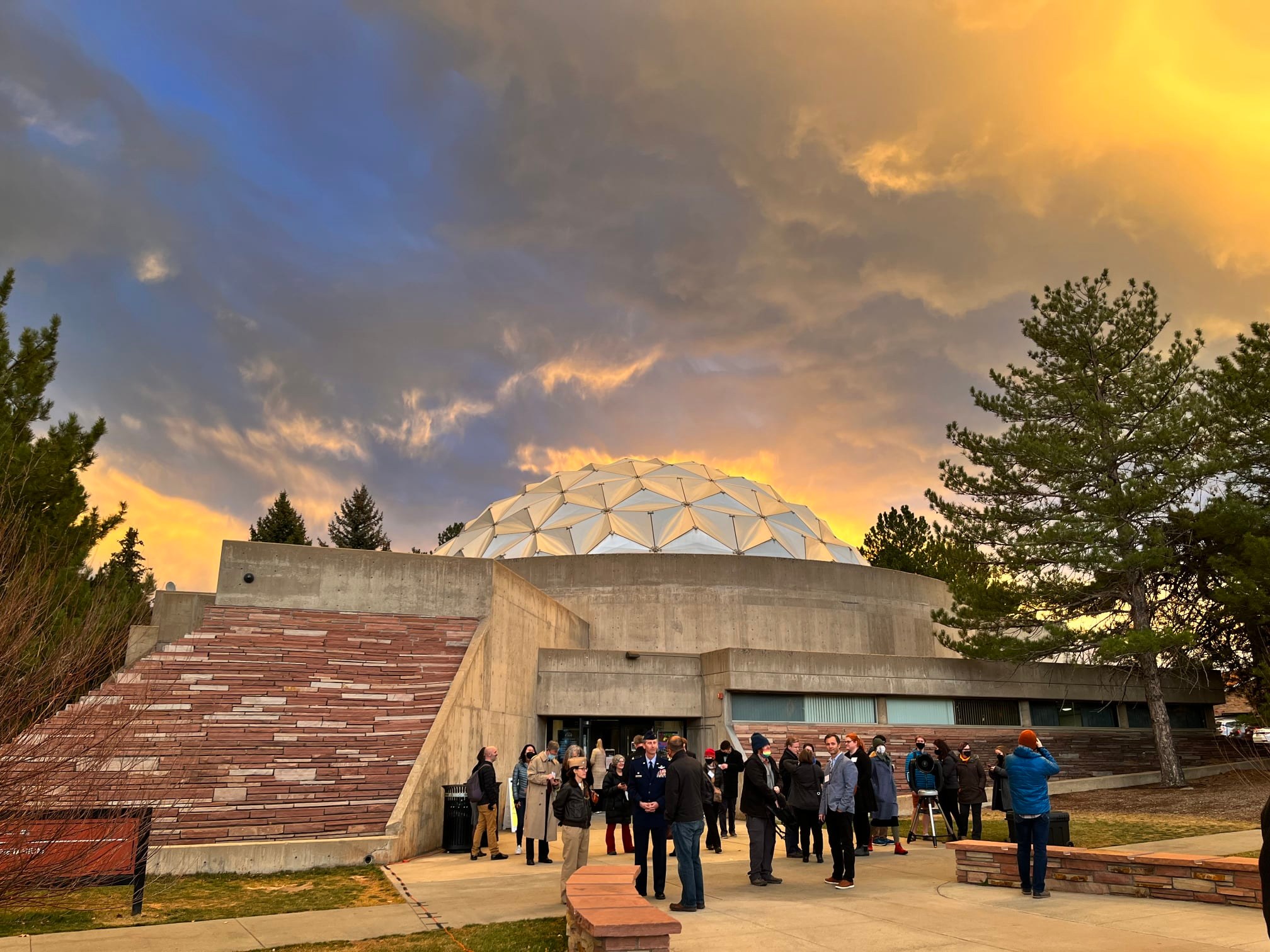Column 15
- Home Page 70

Indoor Air Quality Design Tools for Schools
From a school district’s perspective, the two advantages of portable classrooms are low initial cost and short time between specification and occupancy. They are intended to provide flexibility to school districts, enabling quick response to demographic changes and providing the ability to be moved from one school to another as demographics change. In reality, portable classrooms are seldom moved and become permanent fixtures of the school.
A Modular Control Lab Equipment and Virtual Simulations for Engineering Education
A Modular Control Lab Equipment and Virtual Simulations for Engineering Education
Vanessa Young, et. al | Kennesaw State University Department of Mechanical Engineering
Abstract: Hands-on experiences in engineering education are highly valued by students. However, the high cost, large size, and non-portable nature of commercially available laboratory equipment often confine these experiences to lab courses, separating practical demonstrations from classroom teaching. Consequently, mechanical engineering students may experience a delay in practical engagement as lab sessions typically follow theoretical courses in subsequent semesters, a sequence that differs from mechatronics, electrical, and computer engineering programs. This study details the design and development of portable and cost-effective control lab equipment that enables in-class demonstrations of a proportional-integral-derivative (PID) controller for the trajectory and speed control of a DC motor using MATLAB Simulink, as well as disturbance control. The equipment, composed of a DC motor, beam, gears, crank, a mass, and propellers, introduces disturbances using either propellers or a rotating unbalanced mass. All parts of the equipment are 3D printed from polylactic acid (PLA). Furthermore, the beam holding the propellers can be attached to Quanser Qube lab equipment, which is widely used in control laboratories. The lab equipment we present is adaptable for demonstrations, classroom projects, or as an integral part of lab activities in various engineering disciplines.
Iced Caramel Macchiato
Home Page | Statement of Net Position 2024: $1,272B
Missing you, Beaver Nation 🧡 pic.twitter.com/XO4dhbL1c7
— Oregon State University (@OregonState) September 10, 2024
Fiske Planetarium
The largest planetarium on a U.S. college or university campus is the Fiske Planetarium at the University of Colorado Boulder. The Fiske Planetarium features a 65-foot diameter dome and has undergone significant technological upgrades, making it one of the most advanced planetariums in the country. It offers a variety of shows, including live demonstrations and immersive experiences that simulate different cosmic phenomena and environments (CU Connections).
New update alert! The 2022 update to the Trademark Assignment Dataset is now available online. Find 1.29 million trademark assignments, involving 2.28 million unique trademark properties issued by the USPTO between March 1952 and January 2023: https://t.co/njrDAbSpwB pic.twitter.com/GkAXrHoQ9T
— USPTO (@uspto) July 13, 2023
Standards Michigan Group, LLC
2723 South State Street | Suite 150
Ann Arbor, MI 48104 USA
888-746-3670





















